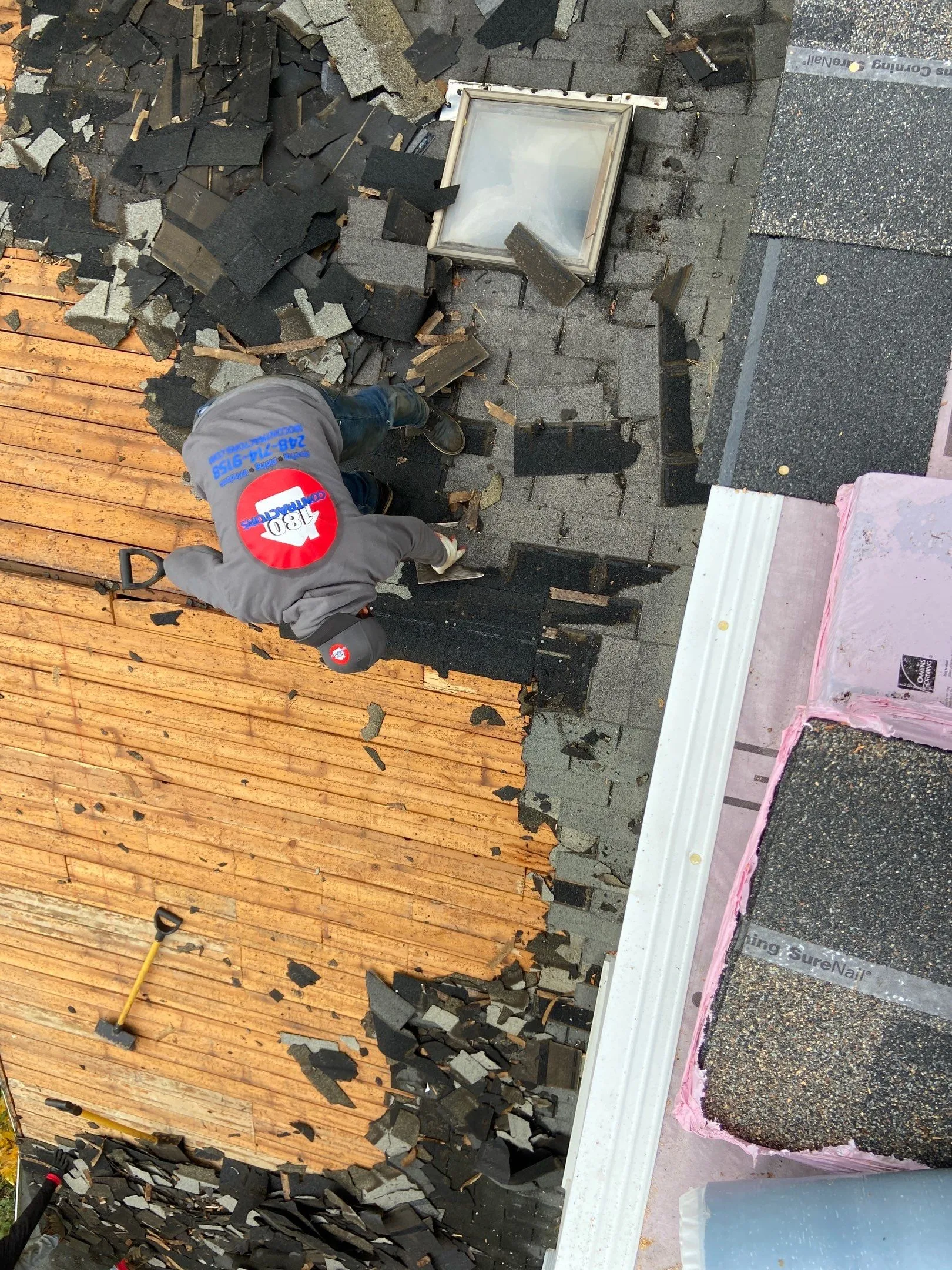
In Michigan, the integrity and safety of residential and commercial buildings are paramount, especially when it comes to roofing. The state’s diverse climate demands roofing solutions that are not only durable but also compliant with local regulations. This comprehensive guide aims to shed light on the critical aspects of roofing layers allowed in Michigan, ensuring property owners are well-informed before undertaking any roofing project.
Understanding Michigan’s Roofing Layer Policy
Michigan’s building codes specify that a maximum of two layers of roofing materials are permissible on any structure. This regulation is designed to protect buildings from the potential risks associated with excessive roofing layers, such as structural overload and reduced efficiency of roofing materials.
The Rationale Behind the Two-Layer Limit
The two-layer limit is grounded in several key considerations:
- Structural Integrity: Additional layers add weight to the roof structure, which can exceed the designed load-bearing capacity, leading to potential structural failures.
- Roofing Performance: Multiple layers can trap heat and moisture, compromising the roof’s ability to ventilate and ultimately shortening the lifespan of roofing materials.
- Compliance and Safety: Adhering to this regulation ensures compliance with state building codes, enhancing the safety and durability of the roofing system.
The Decision to Replace: When to Consider a Full Roof Overhaul
When a roof reaches the end of its useful life, property owners must decide between adding a new layer (if one layer exists) or opting for a complete replacement. Given Michigan’s two-layer rule, a full replacement is often the most prudent choice, particularly in the following scenarios:
- Existing Double Layers: If two layers are already present, a full replacement is not just advisable but necessary to comply with state regulations.
- Aging or Damaged Roof: An old or significantly damaged roof is better replaced to ensure the structure’s safety and integrity.
- Upgrading Roofing Materials: When upgrading to modern, more efficient roofing materials, starting fresh allows for the old materials’ complete removal and the new materials’ optimal performance.
Choosing High-Quality Roofing Materials
Choosing the right roofing materials is essential for the success of any roof replacement endeavor. Materials should be chosen based on their durability, efficiency, and suitability for Michigan’s climate. Options include:
- Asphalt Shingles: Popular for their affordability and versatility.
- Metal Roofing: Known for its durability and energy efficiency.
- Composite Materials: Offer a blend of durability, aesthetic appeal, and low maintenance.
The Importance of Professional Roofing Services
For roofing projects in Michigan, the expertise of professional roofing contractors is invaluable. 180 Contractors Roofing and Siding, serving Waterford, MI, exemplifies the benefits of hiring experienced professionals for roofing installations and repairs.
Advantages of Engaging Professional Roofers
Professional roofing services offer several distinct benefits:
- Expertise in Local Building Codes: Professionals are well-versed in Michigan’s roofing regulations, ensuring your project adheres to all legal requirements.
- Access to Quality Materials: Established contractors have relationships with suppliers, granting access to the best materials at competitive prices.
- Comprehensive Warranties: Professional installations typically come with robust warranties, providing long-term peace of mind.
Step-by-Step Guide to a Successful Roof Replacement
A roof replacement project in Michigan involves several key steps, each critical to the project’s overall success:
Initial Consultation and Inspection
The initial phase entails a detailed examination of the current roof to evaluate its state and ascertain whether a replacement is necessary. This stage sets the groundwork for the project, outlining the scope and identifying any potential challenges.
Selection of Materials
Based on the inspection findings and the property owner’s preferences, the next step is selecting the appropriate roofing materials. This decision is crucial, as the materials must meet the structural requirements of the building and comply with Michigan’s roofing regulations.
Removal of Existing Layers
If two layers are already present or if a fresh start is deemed necessary, the existing roofing materials must be carefully removed. This process must be conducted with attention to detail to avoid damaging the roof structure.
New Roof Installation
Once the previous materials are cleared away, the process of installing the new roof can start. This stage encompasses multiple procedures, such as readying the roof deck, laying the underlayment, and applying fresh roofing materials.
Final Inspection and Cleanup
After the installation is finished, a thorough inspection is carried out to verify that the work adheres to all quality and regulatory standards. Cleanup of the site is also an essential part of the process, leaving the property in pristine condition.
Conclusion
Understanding and adhering to Michigan’s roofing layer regulations is crucial for any roofing project within the state. By opting for a complete roof replacement when necessary and choosing high-quality materials, property owners can ensure their roofing systems are safe, durable, and compliant. Engaging the services of professional roofing contractors, such as 180 Contractors Roofing and Siding, further guarantees that the project is executed to the highest standards, providing peace of mind and long-term value.
